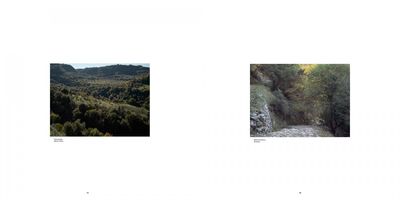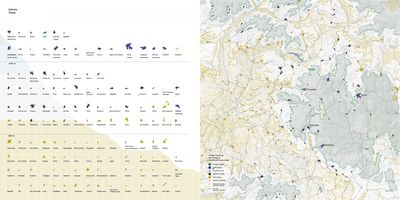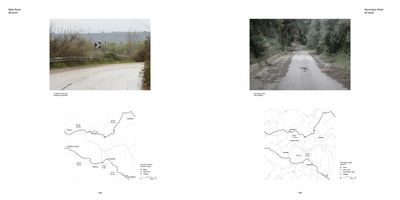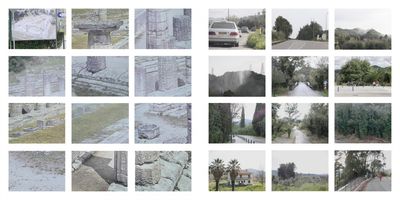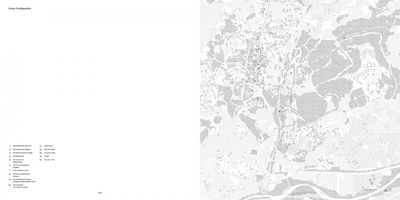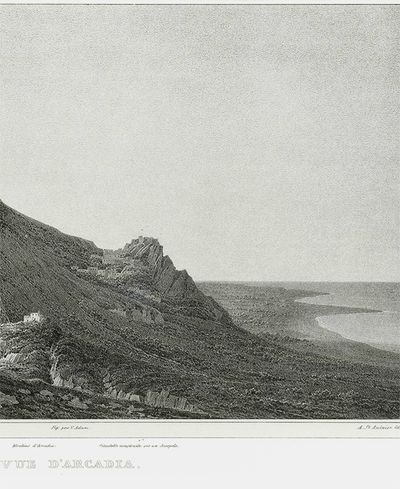Arcadia. A Journey into the PastoralMilica Topalović, Metaxia Markaki, Karoline Kostka
Arcadia is one of the most enduring utopias of the western mind. As an imaginary locus and a pictorial style, Arcadia originated in the pastoral scenery of Roman poets Ovid and Virgil, spreading throughout western painting and literature. The imaginary realm of Arcadia, where human beings, animals, and plants harmoniously coexist, remains one of the most powerful constructions of the idyllic countryside. The actual region of Arcadia is located on the mountainous core of Peloponnese, the largest peninsula in Greece. This is one of the oldest inhabited territories in Europe and one of the first sources of European culture: classical ruins, such as Epidaurus and ancient Olympia, still punctuate the landscape, with stone villages being scattered on the mountain tops. Peloponnese is a quiet territory, seemingly unaffected by the metropolitan growth of Athens and the gradual proliferation of new infrastructures and industries in the formerly rural landscape. The region’s low population density, remoteness, and low accessibility are unexpected, and could be seen as a potential in the European context: Arcadia and Peloponnese resist urbanisation, remaining an important interruption in the urban fabric of the continent. In reality, this countryside is very different than its pastoral ideal. Sites of cultural heritage, agriculture, ‘energy landscapes’ and tourism are radically transforming this territory, formulating new ways of living and producing. Our investigation focused on the character and potentials of the Arcadian countryside, positioning it as an important and typical case in the framework we defined as European Countryside.

